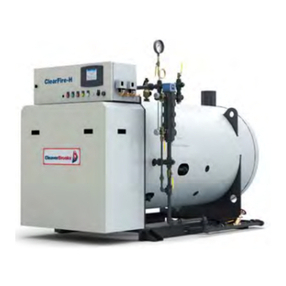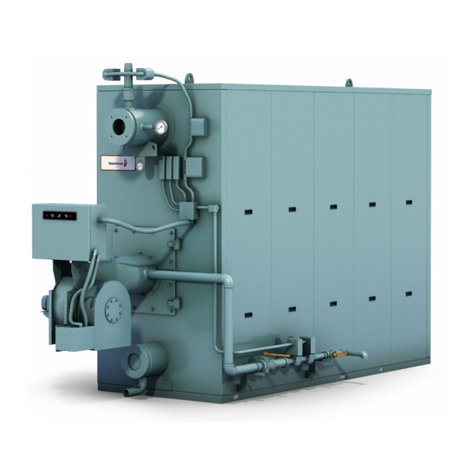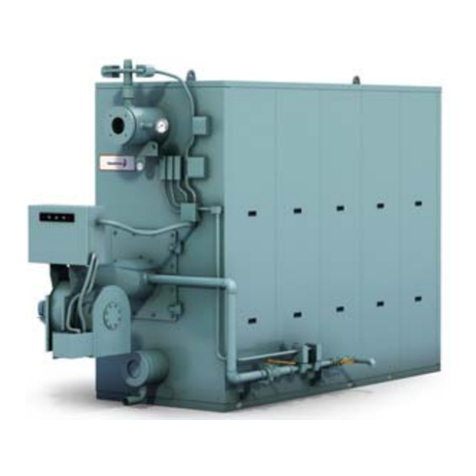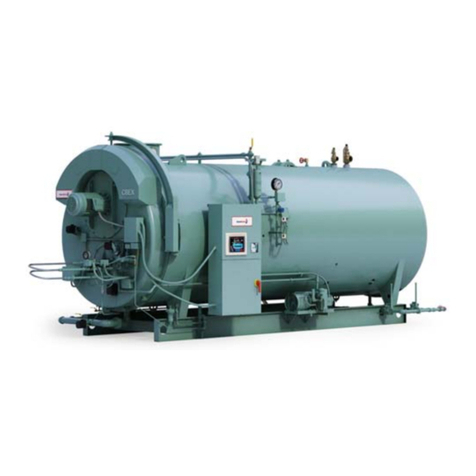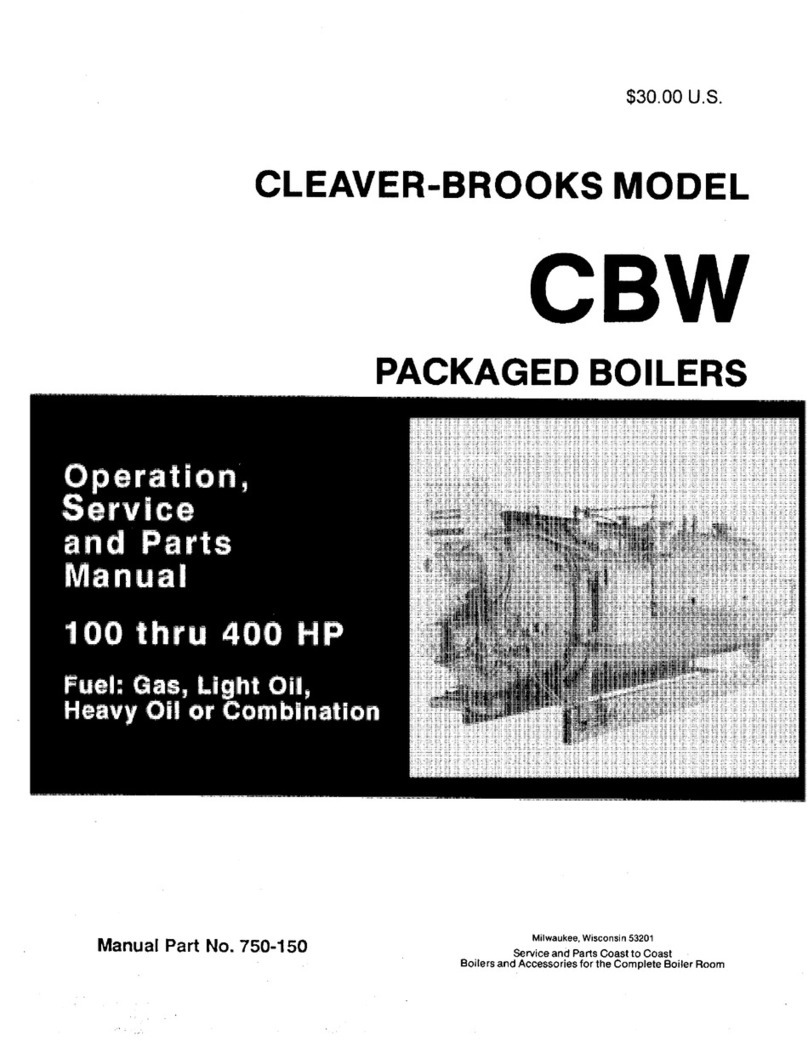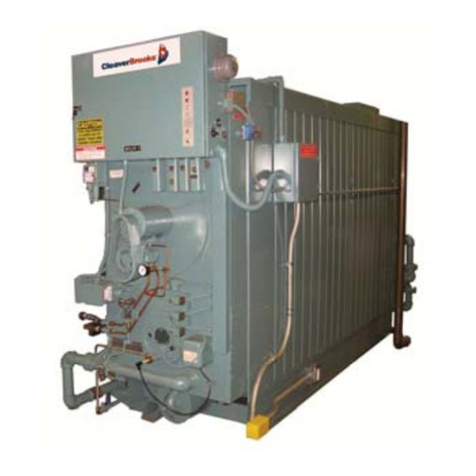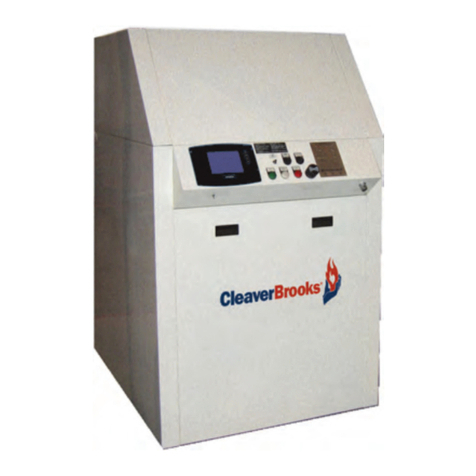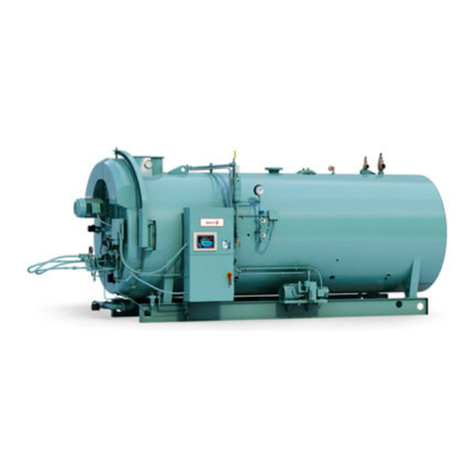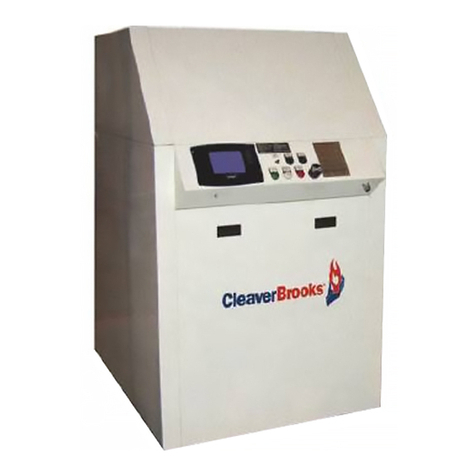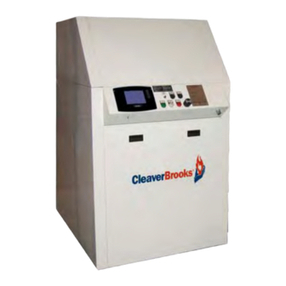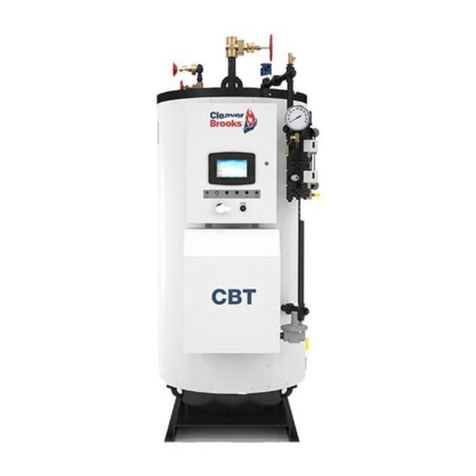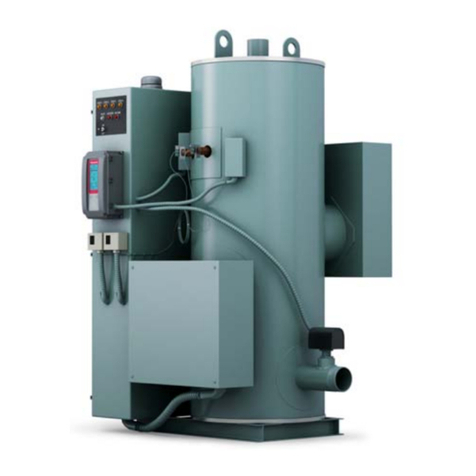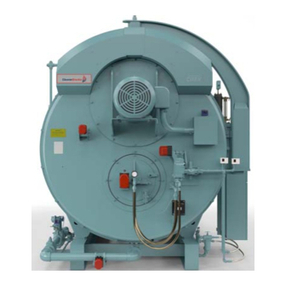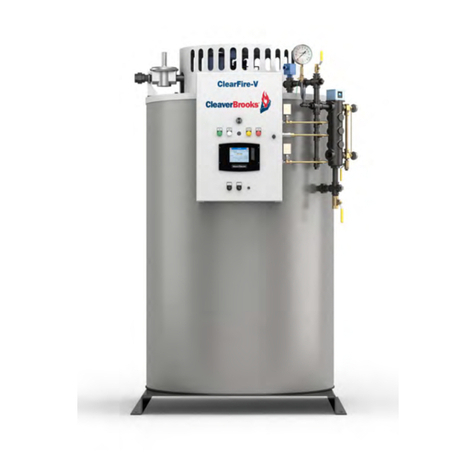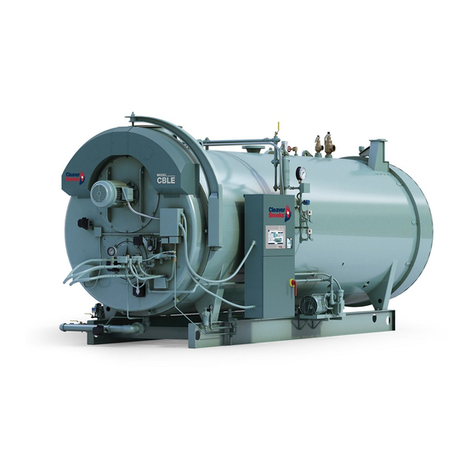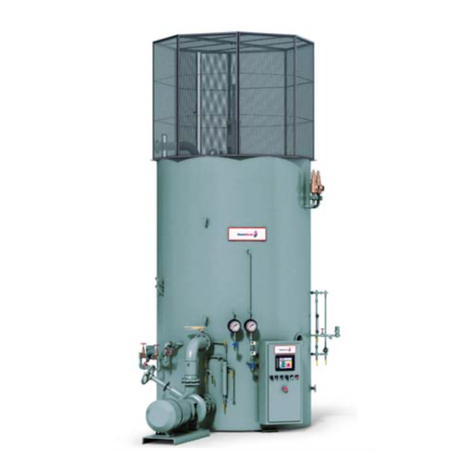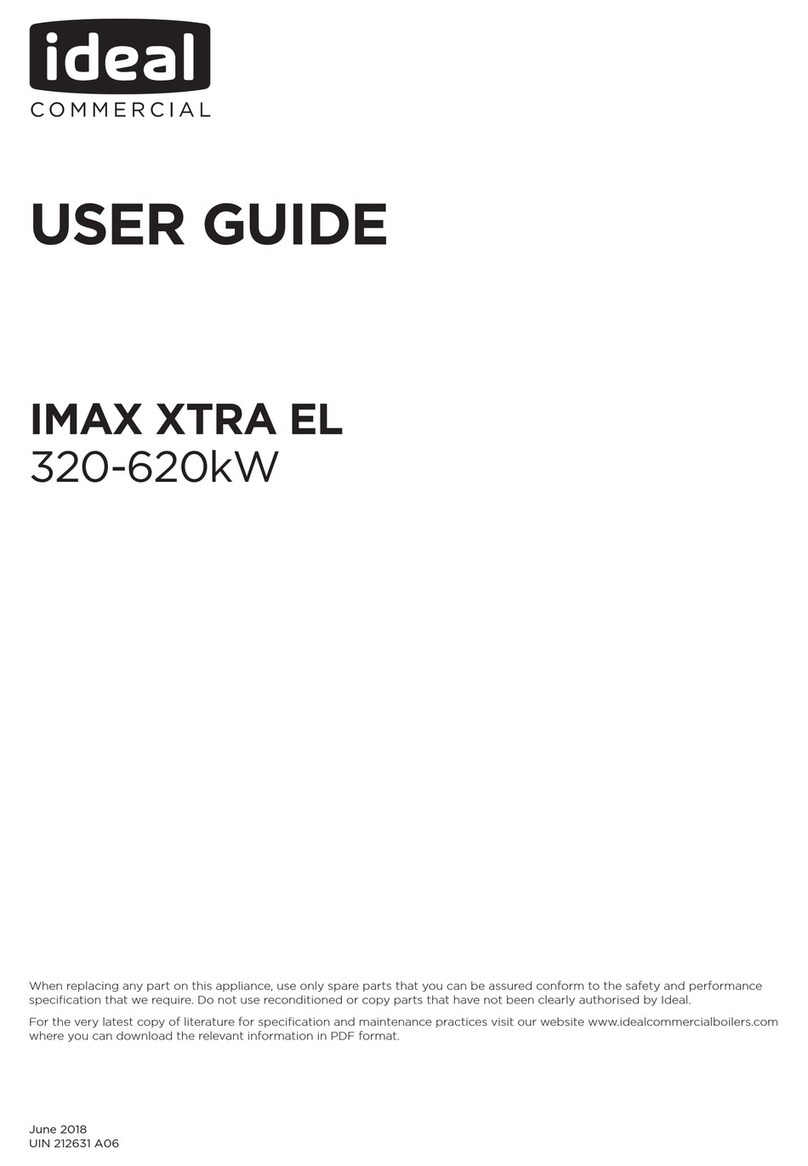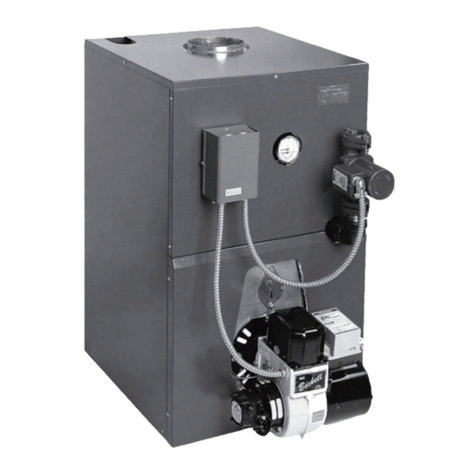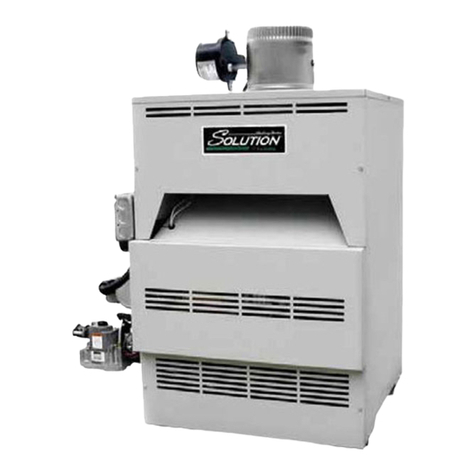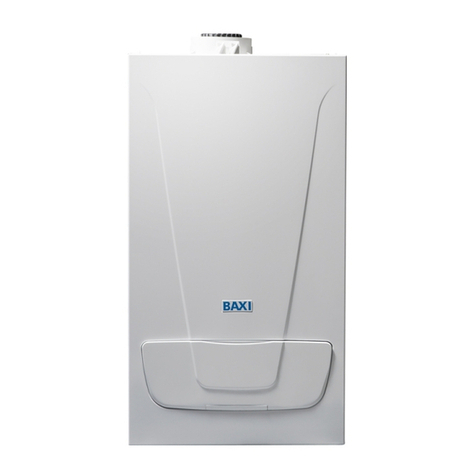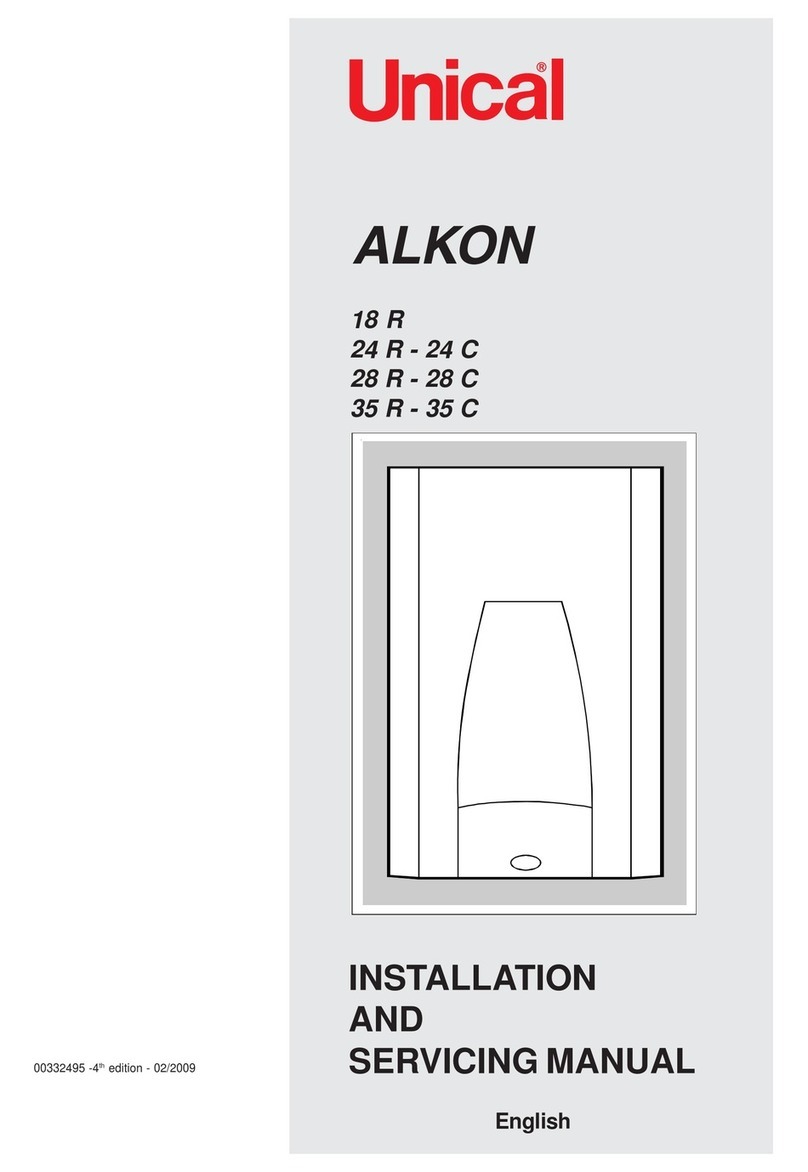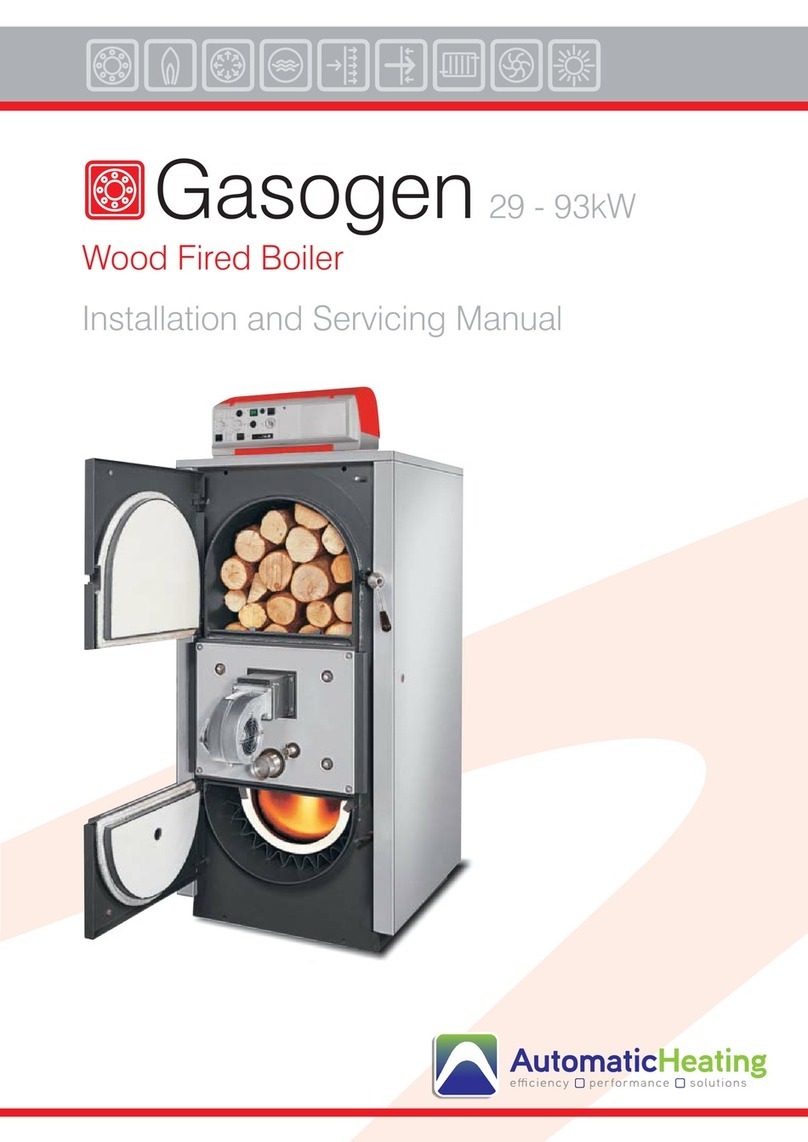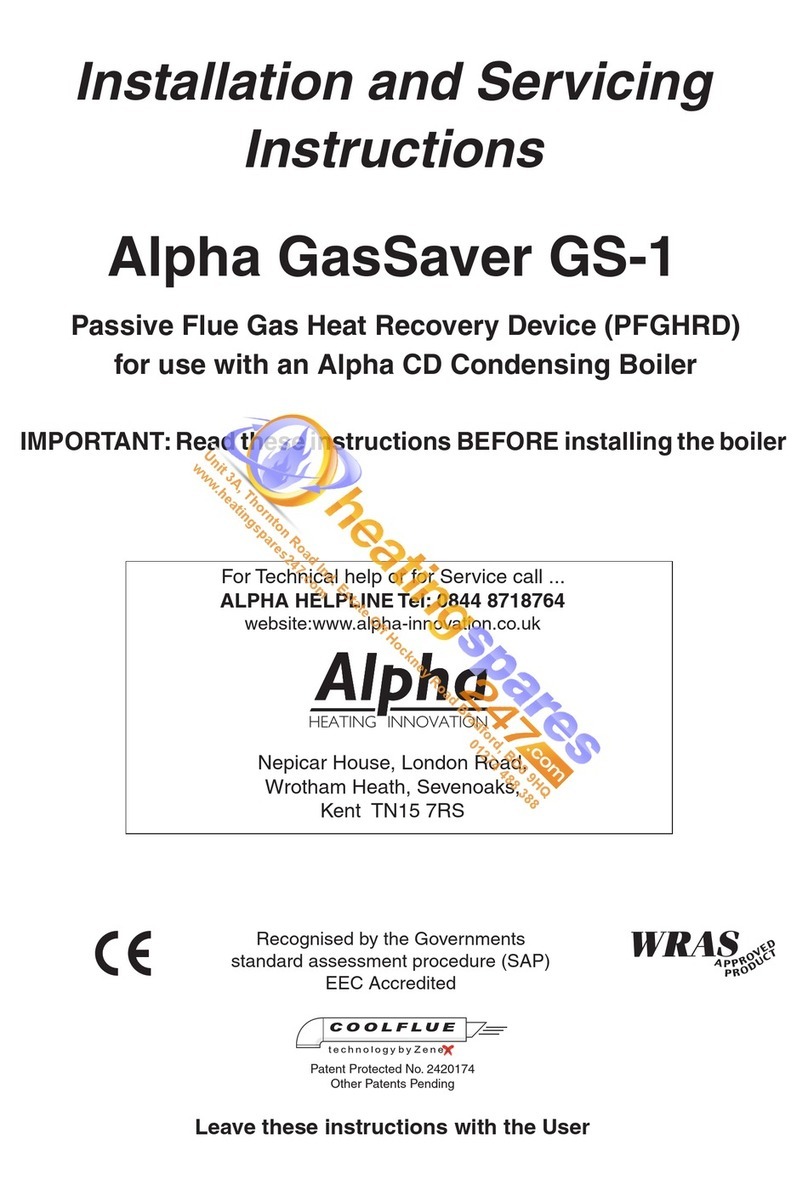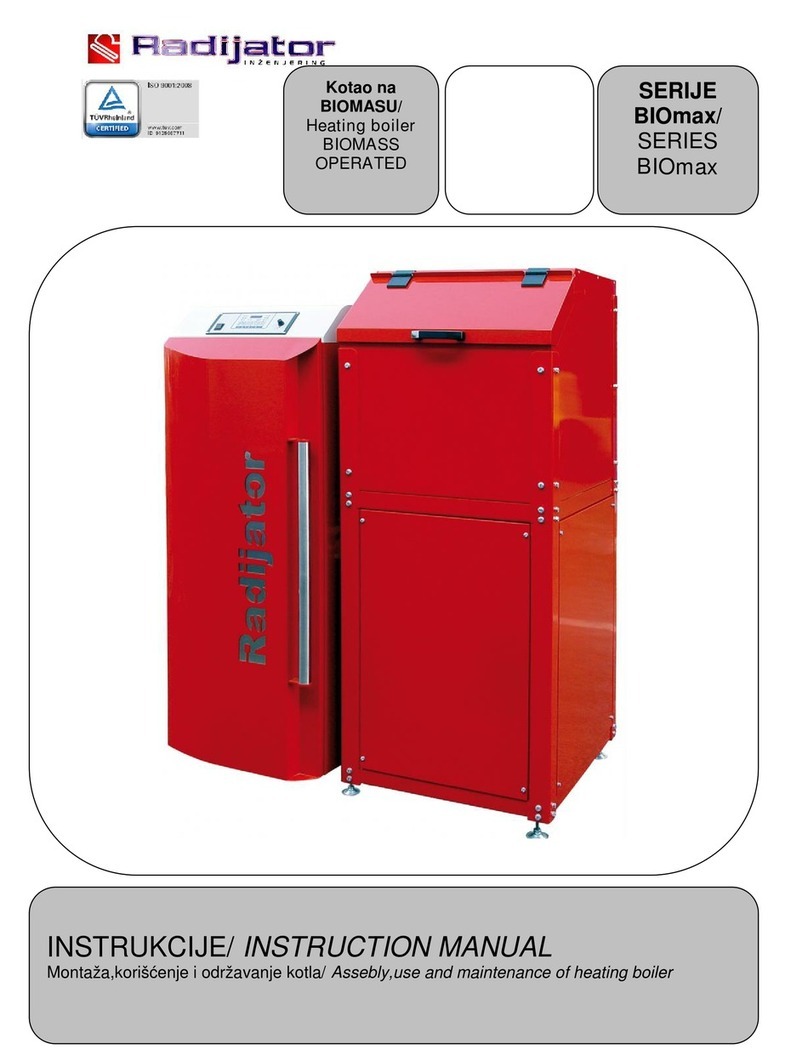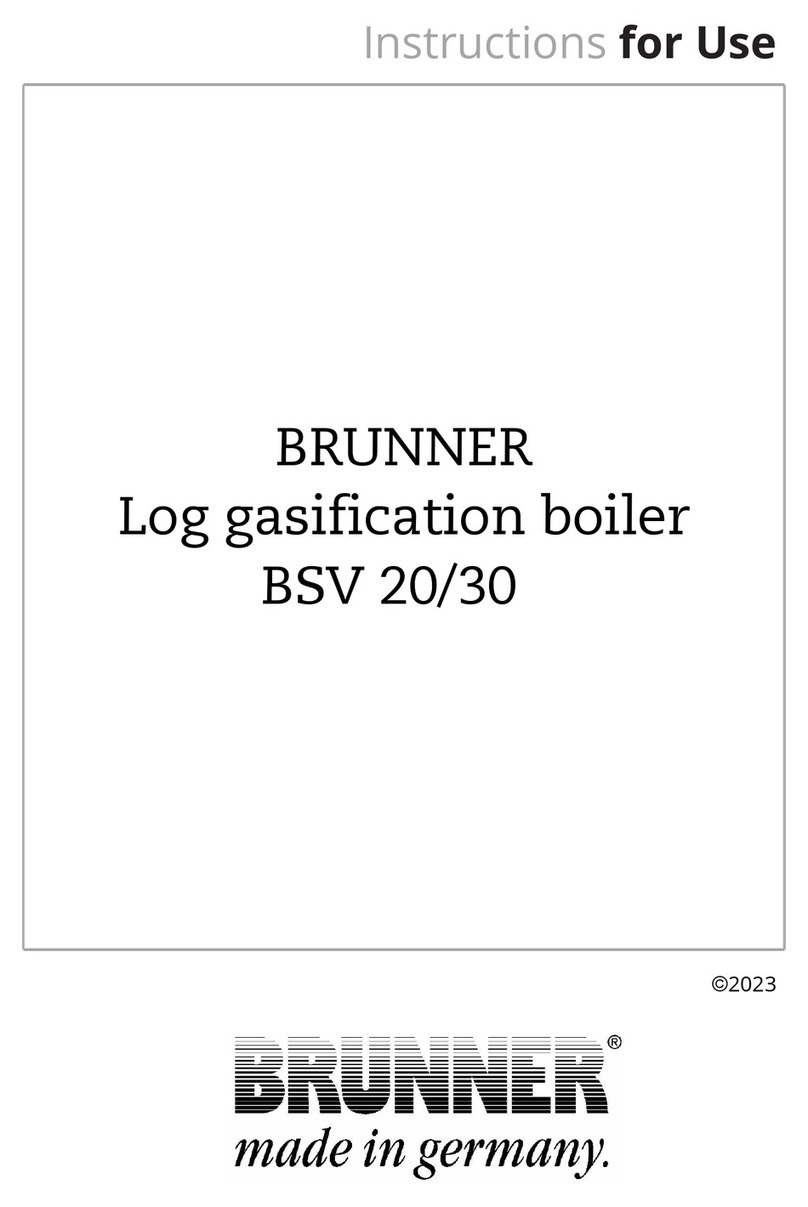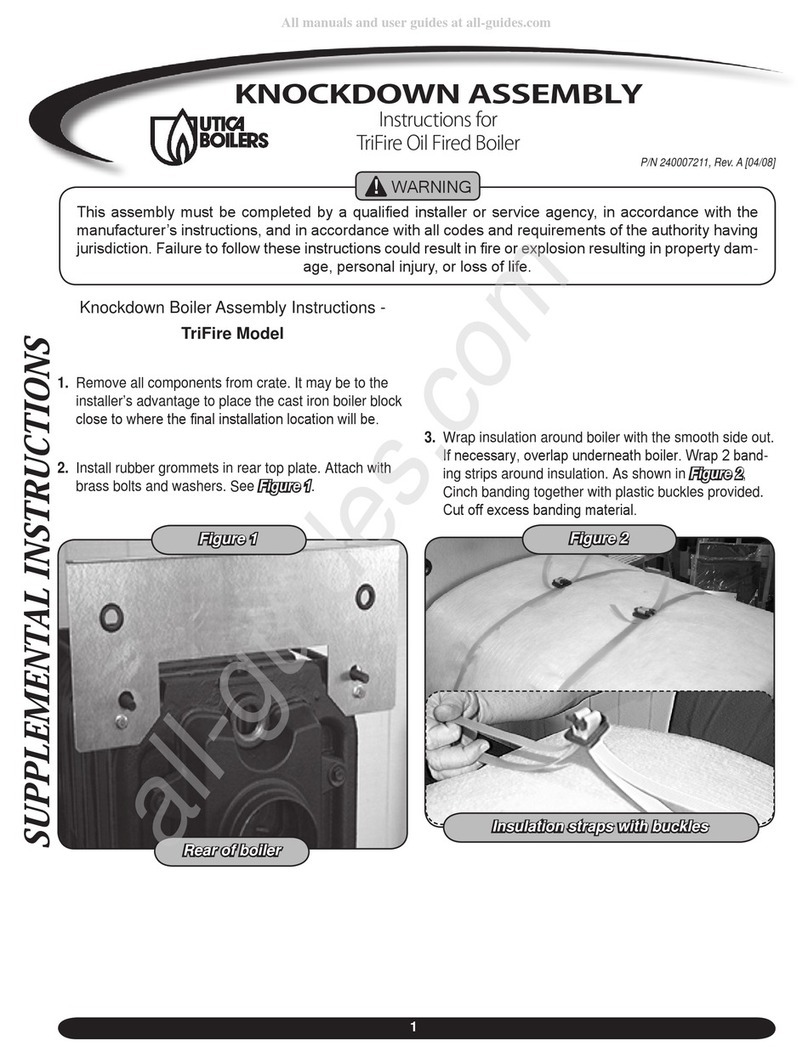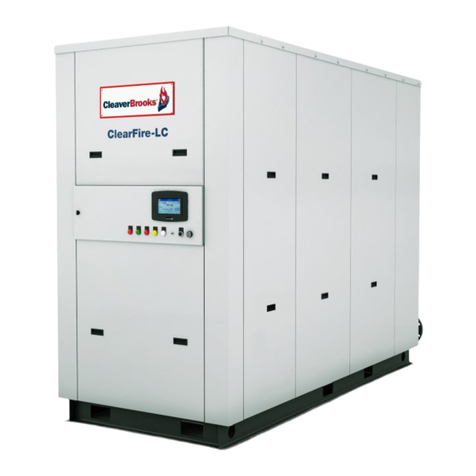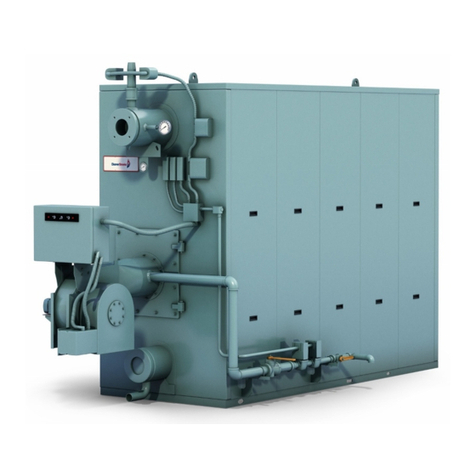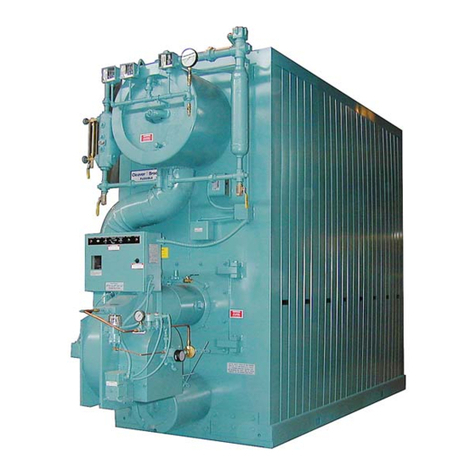
Chapter 1 GENERAL DESCRIPTION
1-2 750-364
B. The Boiler
The Cleaver-Brooks Model FLX is a five-pass steel boiler
with flexible watertubes formed and arranged so as to direct
the flow of combustion gases through the boiler. The pressure
vessel conforms to Section I or IV of the ASME code. The
pressure vessel consists of the formed tubes, the external
downcomer, and the top and bottom drums to which they
connect. The heated area of the pressure vessel is contained
within a gas tight insulated casing that is composed of
removable formed steel panels.
The boiler and related equipment installation are to be in
compliance with the standards of the National Board of Fire
Underwriters. Installation should also conform to state and
local codes governing such equipment. Prior to installation,
the proper authorities having jurisdiction are to be consulted,
permits obtained, etc. All boilers in the FLX series comply,
when equipped with optional equipment, to Industrial Risk
Insurers (IRI), Factory Mutual (FM), or other insuring
underwriters requirements.
The Model FLX boiler is a packaged watertube boiler of
welded steel construction and consists of a pressure vessel,
burner, burner controls, forced draft fan, damper, refractory,
and appropriate boiler trim.
Hot water is commonly used in heating applications with the
boiler supplying water to the system at 180 F to 220 F. The
operating pressure for the Model FLX 1250-2500 is 30 psig
to 160 psig.
Boilers are defined according to design pressure and operat-
ing pressure. Design pressure is the maximum pressure used
in the design of the boiler for the purpose of calculating the
minimum permissible thickness or physical characteristics of
the pressure vessel parts of the boiler. Typically, the safety
valves are set at or below design pressure. Operating pres-
sure is the pressure of the boiler at which it normally oper-
ates. The operating pressure usually is maintained at a
suitable level below the setting of the pressure relieving
valve(s) to prevent their frequent opening during normal
operation.
The type of service that your boiler is required to provide has
an important bearing on the amount of waterside care it will
require.
Waterside care is of prime importance. For
specific information or assistance with your
water treatment requirements, contact your
Cleaver-Brooks service and parts represen-
tative. Failure to follow these instructions
could result in equipment damage.
Feedwater equipment should be checked before use. Be sure
that all valves, piping, boiler feed pumps, and receivers are
installed in accordance with prevailing codes and practices.
Strict attention to water requirements is essential to proper
boiler operation and length of service, and will pay dividends
in the form of longer life, less down-time, and prevention of
costly repairs.
Care taken in placing the pressure vessel into initial service is
vital. The waterside of new boilers and new or remodeled
steam or hot water systems may contain oil, grease or other
foreign matter. A method of boiling out the vessel to remove
accumulations is described in Chapter 3.
The operator should be familiar with this manual in its
entirety before attempting to place the unit into operation.
C. Construction
Hot water boilers designed for 250F at 160 psig or less are
constructed in accordance with Section IV, Heating Boilers,
of ASME Code. Hot water boilers designed for operating
temperatures above 250F are constructed in accordance with
Section I of ASME Code.
D. Hot Water Controls (All Fuels)
1. Water Temperature Gauge: Indicates the boiler internal
water temperature.
2. Water Pressure Gauge: Indicates the internal pressure of
the boiler.
3. Operating Limit Temperature Control: Breaks a circuit to
stop burner operation on a rise of boiler temperature at a
selected setting. It is adjusted to stop or start the burner
at a preselected operating temperature.
4. High Limit Temperature Control: Breaks a circuit to stop
burner operation on a rise of temperature at a selected
setting. It is adjusted to stop burner at a preselected
temperature above the operating control setting. The
high limit temperature control is equipped with a manual
reset.
5. Modulating Temperature Control: Senses changing
boiler water temperature and transmits the information to
change the burner firing rate when the manual-automatic
switch is set on Automatic.
6. Low Water Cutoff: Breaks the circuit to stop burner
operation if the water level in the boiler drops below safe
operating point, activating low-water light and optional
alarm bell if burner is so equipped.
